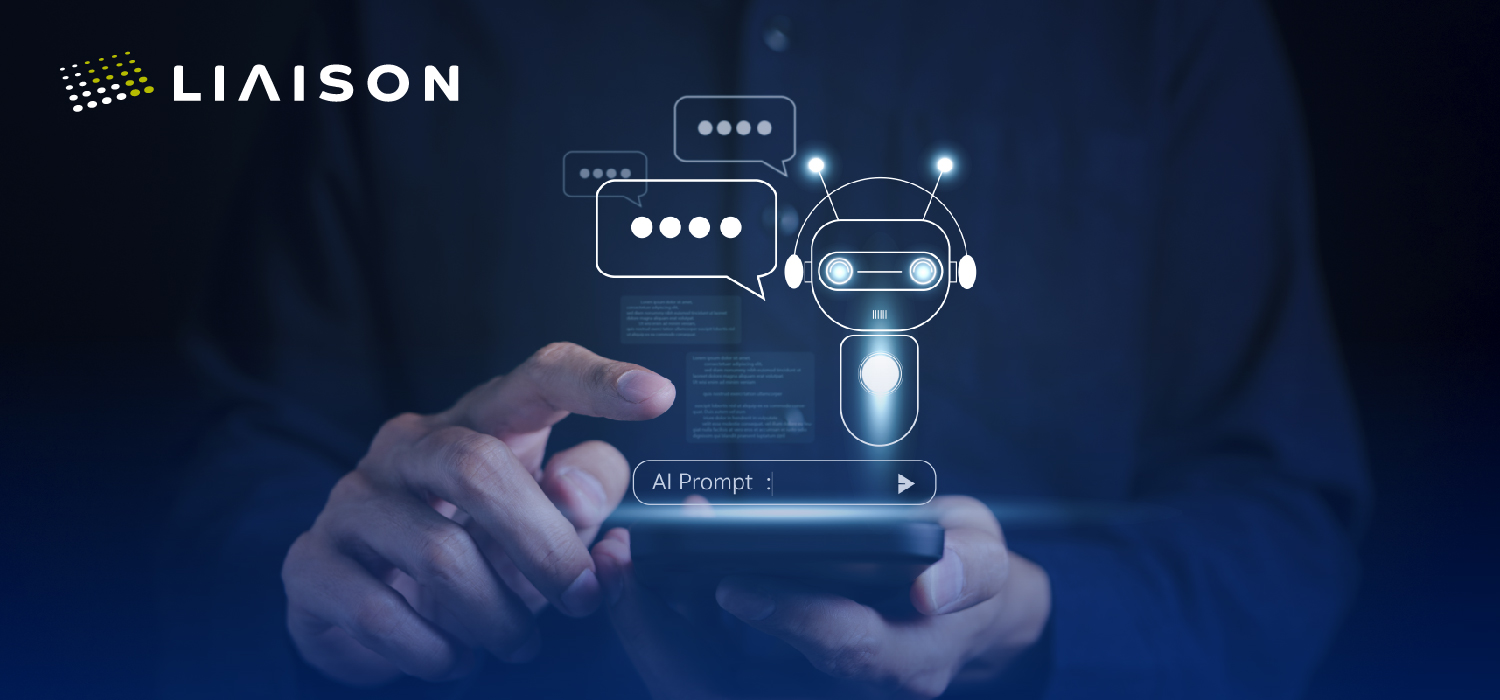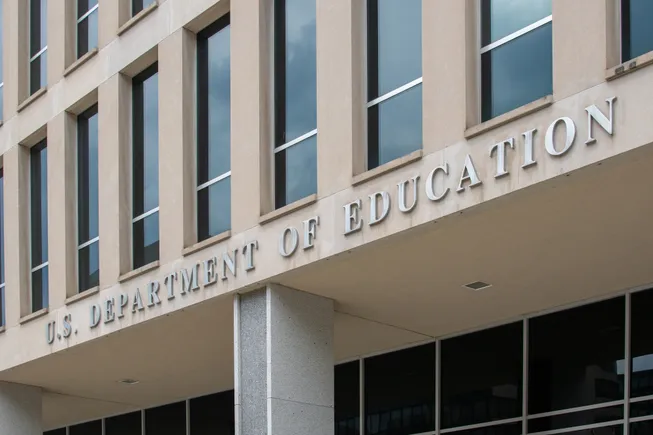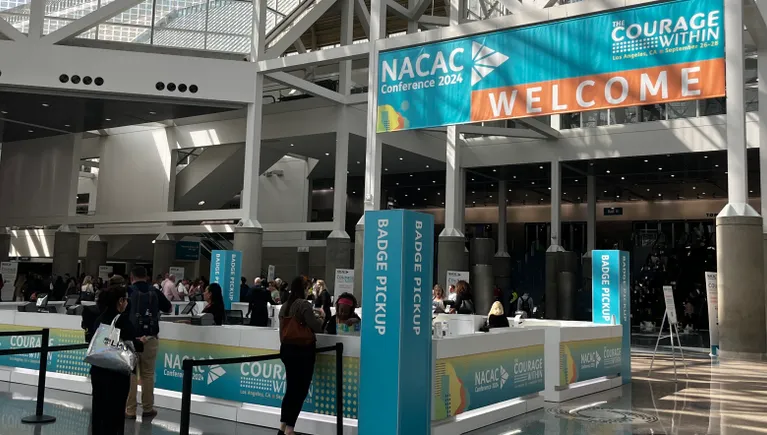The higher education landscape has never been more competitive. Colleges now close at a rate of one per week. Looking for an edge, many institutions are using artificial intelligence (AI) in admissions and enrollment.
Is your institution keeping up with peer schools?
To help answer that question, Liaison recently surveyed presidents, provosts, deans, and directors across the country about their knowledge and use of AI.
Higher ed leaders can’t afford to ignore the findings. The vast majority of those surveyed report having strong command of AI. The problem? The survey also reveals vital AI tools that they don’t use—or even understand.
When confidence looks like overconfidence
Most administrators believe they know how to use AI to optimize admissions and enrollment. Among survey respondents:
- 85% consider themselves extremely or very knowledgeable about how to use AI in admissions and enrollment
- 81% say they’re already using AI with enrollment
- 75% say they’re using AI in admissions
- 65% say leveraging AI for admissions and enrollment is “mission critical” or “very important”
Sounds like a good situation, right? Unfortunately, these confident self-assessments call to mind an AI researcher’s warning from more than 15 years ago: “By far the greatest danger of Artificial Intelligence is that people conclude too early that they understand it.”
The biggest tell comes when higher ed leaders are asked about which kinds of AI they use. Dr. Mark Voortman, Liaison’s Chief Data Scientist, explains: “It seems clear from the survey that higher ed leaders understand AI tools like ChatGPT and chatbots…but in reality, [these tools] are only a very small part of AI.”
Worse, those tools “won’t really help you hit your enrollment numbers or get the class you want,” Dr. Voortman says. “Institutions are missing out on other types of AI that have a much bigger impact on admissions and enrollment.”
The overlooked difference makers in admissions and enrollment
Specifically, most institutions have failed to deploy predictive AI and prescriptive AI. Both apply machine-learning models. Predictive AI analyzes historical data to project what might happen in the future. Prescriptive AI recommends what actions to take to achieve a preferred outcome.
Instead, higher ed institutions rely on conversational AI (chatbots). The survey shows:
- 73% of higher ed leaders use conversational AI for admissions . . . but only 41% employ predictive AI, and just 17% use prescriptive AI
- 75% use conversational AI for enrollment . . . but only 39% employ predictive AI, and just 20% use prescriptive AI
- Only 41% believe it will be “essential” to apply predictive AI to admissions and enrollment
- Just 31% say the same for prescriptive AI
Simply put, institutions that don’t leverage predictive and prescriptive AI will miss out on students they should enroll. Schools can’t afford those mistakes, especially with the “enrollment cliff” looming.
How higher ed leaders can solve these problems
Fortunately, the Liaison report also lays out practical ways to address all these problems. Download our full report to see the three steps your institution must take to optimize admissions and enrollment with AI…and to make sure your school doesn’t get left behind.
The statistics referenced above belong to a recent report that was created in collaboration with Higher Ed Dive. You can read the September 3 press release published by Dive Wire here.
#Liaison #Survey #Exposes #Troubling #Missed #Opportunities #Higher #Eds #Strategy





![Donors give to make something happen [COMMANDMENT 1]](https://namesit.xyz/wp-content/uploads/2024/10/10commandmentsFR-150x150.jpg)




